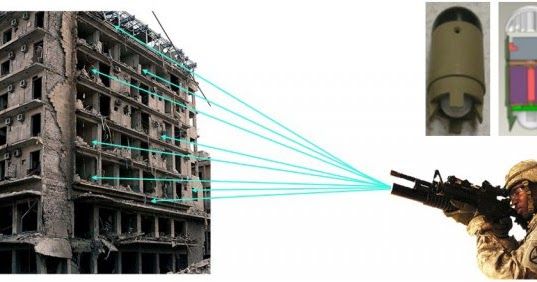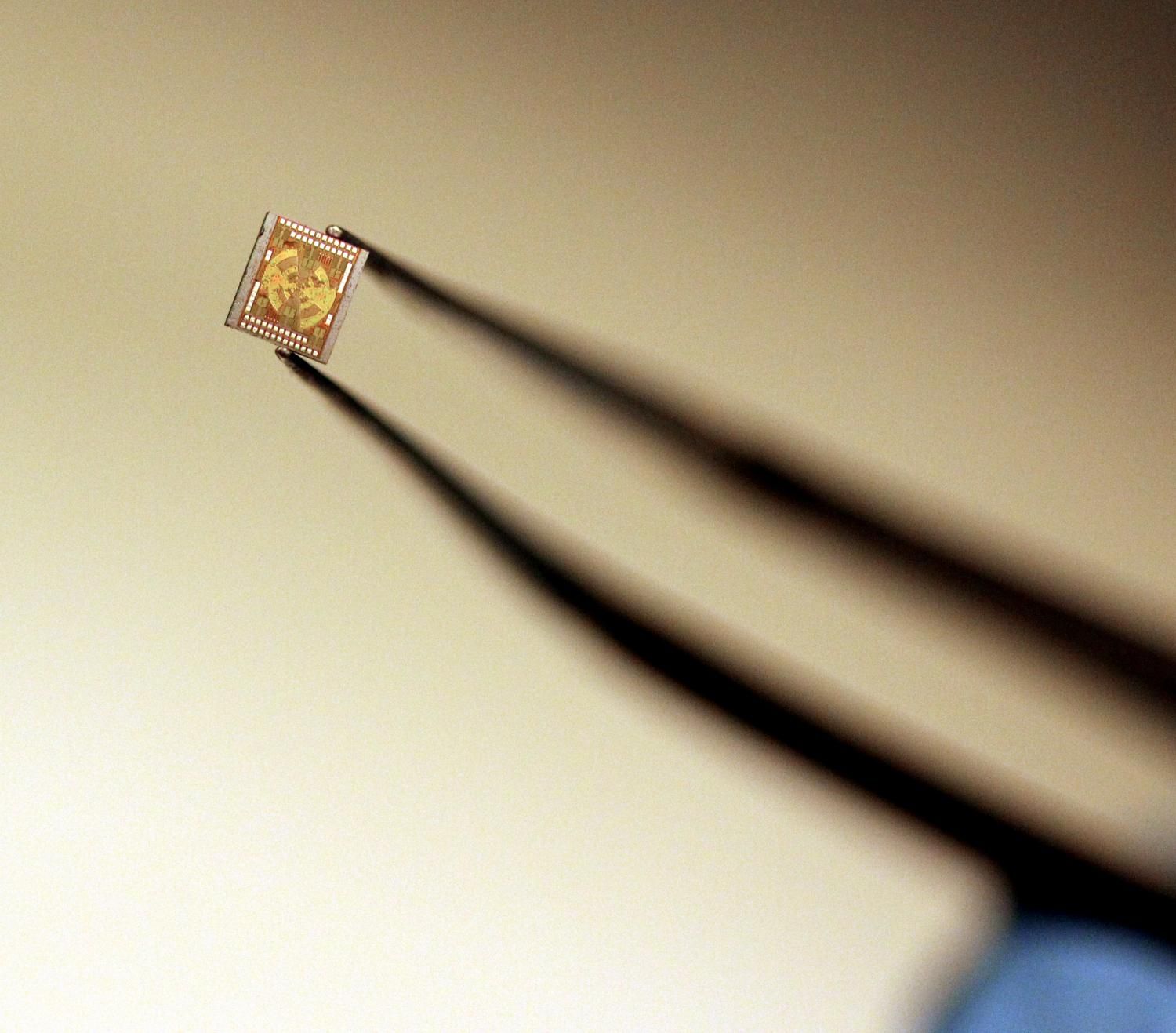Sharing more research conducted on Quantum Bio’s Brain to Brain communications. For all my hardware/ device friends exploring their own futures in a QC world. This was resurfaced in Jan 2017; the report itself is still relevant. Quantum Bio truly will change our device markets, IoT, and medicine/ healthcare drastically. This will be where we truly see tech and bio as one.
Want to see real convergence of tech and bio meaning no more need for smart devices, improved immunology in humans to counteract proactively disease and illness, accelerate heal times from injuries, reverse aging, etc. then you need to definitely engage Quantum bio in your work and discoveries as many have seen its potential and making changes leveraging this technology.
What you do on the Internet is nobody’s business but yours. At ProxySite.com, we stand between your web use and anyone who tries to sneak a peek at it. Instead of connecting directly to a website, let us connect to the website and send it back to you, and no one will know where you’ve been. Big Brother (or other, less ominous snoops) won’t be able to look over your shoulder and spy on you to see what you’re reading, watching or saying.
Read more


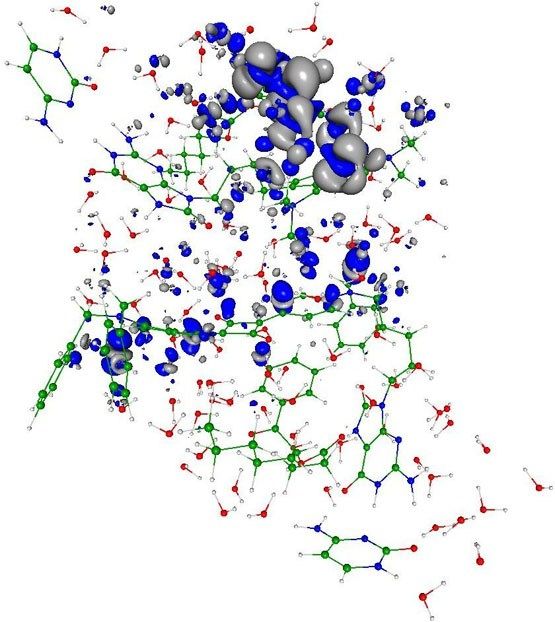

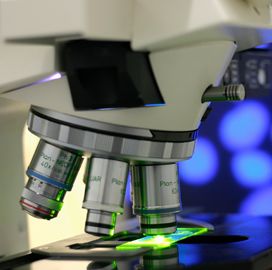
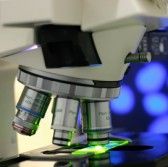 The Defense Advanced Research Projects Agency will conduct a Proposers Day via webcast on Feb. 21 to discuss the RadioBio program that aims to determine whether purposeful signaling through electromagnetic waves occurs between biological cells.
The Defense Advanced Research Projects Agency will conduct a Proposers Day via webcast on Feb. 21 to discuss the RadioBio program that aims to determine whether purposeful signaling through electromagnetic waves occurs between biological cells.
